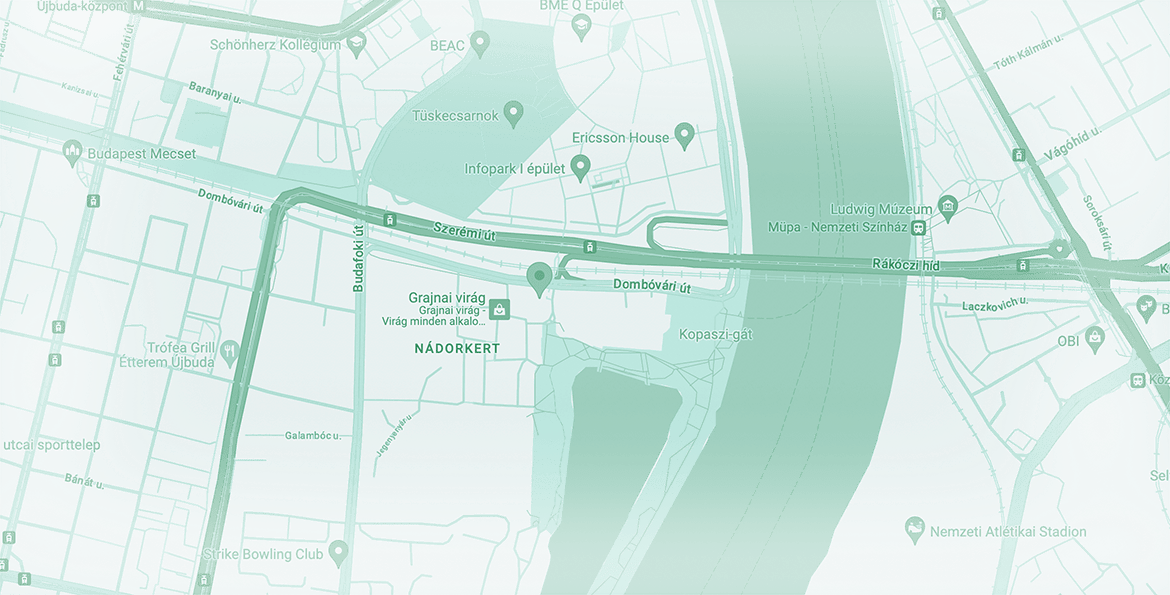
Traditional Christmas pastries in Hungary
Christmas is approaching quickly. If you are in Hungary and invited to a Christmas party, you will most probably come across one or more of our staple Christmas pastries. Can you match each to our cover image? Make sure to try them if you get the chance.
Christmas is approaching quickly. If you are in Hungary and invited to a Christmas party, you will most probably come across one or more of our staple Christmas pastries. Can you match each to our cover image? Make sure to try them if you get the chance.
Mézeskalács (Gingerbread, or in fact, “Honeybread” in Hungarian)
Beekeeping for honey in Hungary is a tradition as old as the nation itself, and we have records of gingerbread makers’ guilds from back in the 17th century. Before sugar became widespread, honey was the go-to sweetener all over Europe, so many nations have their own version of the gingerbread. Of course, there are plenty of variations on the recipe within Hungary too, but all of them use flour, eggs, sugar and honey – and very few of them actually use any ginger.
Beigli
Beiglis are walnut or poppyseed rolls, originating from 14th century Silesia (historical region mostly in Poland). These sweet rolls were originally prepared in the shape of horseshoes, which explains the name “beigli”, meaning “bent”. These days the filling can also be prepared with sour cherries, chestnuts, or plums, or anything else, really. When preparing the beigli, the baker must maintain a fragile balance between the amount of filling and dough, otherwise the beigli will either feel empty, or burst with the moisture. While many feel utter shame upon bursting their beigli, don’t worry if that happens to you, it will still taste delicious.
Linzer
This savory pastry has a drop of jam between two layers of light dough, with one or more openings in the top layer. The name comes not from the city of Linz, but from first lieutenant Rudolf Linzer of the Hungarian Army, who fought in the revolution of 1848-49. He left such a profound impression on confectioner Antal Müller of Ruszwurm, the oldest confectionery in Budapest, that he named his new pastry after the officer.
Hókifli (“Snow roll”)
While the first recipes of this roll can be traced back to the middle of the 19th century, variations are known all over central Europe. The same kind of light dough you need for the linzer is complemented with some ground walnuts or almonds, and are either simply rolled up into a horseshoe shape, or filled with some jam (usually plum, apricot, or sour cherry). The snowy effect is due to the powdered sugar added on top.
Zserbó (Gerbaud)
Zserbó is a cake with apricot jam and ground walnuts among its layers, covered in chocolate. It was named after Émile Gerbaud, a Swiss confectioner living and working in Hungary at the turn of the previous century. The origin of the cake is uncertain, but it has been popular since the 1950s, and certainly a staple of Christmas parties around Hungary, even though you can buy it in confectionaries all year round.
Flódni
Another layered cake, with four different fillings made out of poppy seeds, walnuts, apples, and plum jam. It is made in Hungary since the early 20th century, but it became a popular Christmas pastry only around the 1990s. It was first created by Jews for the Purim, which takes place early spring, but it was also made for other festivities. It is uncertain how and when exactly it became a Christmas dish, but it is certainly considered one of the most delicious pastries a Christmas table can offer.
Your sweet Hungarian heritage
How much of these Hungarian Christmas pastries did you already know? And which one do you find the most appetizing? Knowing them is part of our Hungarian experience, so if you are looking for your roots in Hungary, make sure to give them a try if you get the chance. They are available not only homemade at Christmas parties, but also in confectionaries.
If you have Hungarian ancestors, you might also qualify for Hungarian citizenship. If you are ready to pursue it, our expert team is ready to assist you: we have ample experience supporting citizenship applications, complete with genealogy research and Hungarian language courses as necessary. Get in touch with us today and become a Hungarian citizen too!
Contact
Get in touch today
Monday - Friday
9am - 5pm CET
Helpers Hungary Kft
Budapart Gate
Dombóvári út 27
Budapest 1117, Hungary
If you’re visiting us, please use entrance A and come to the 2nd floor.





